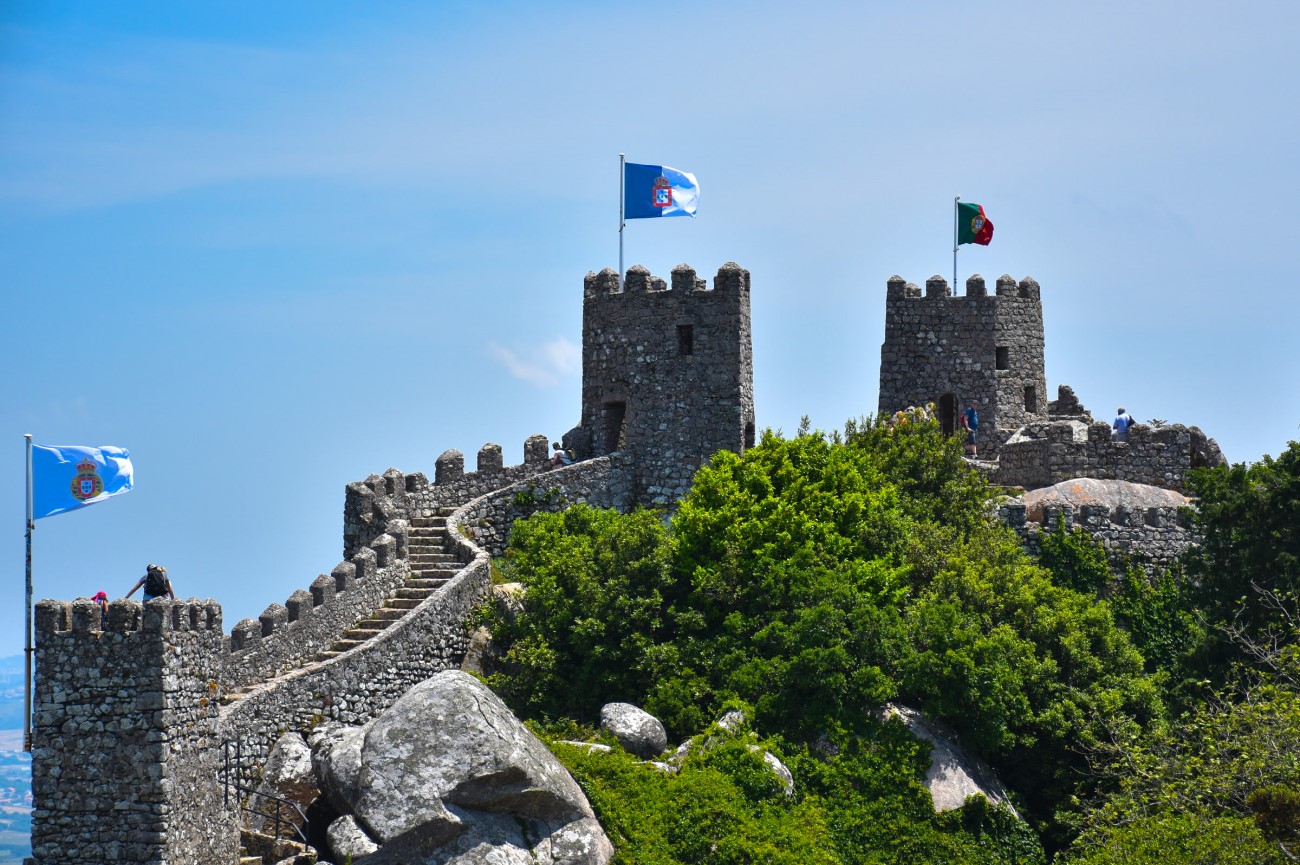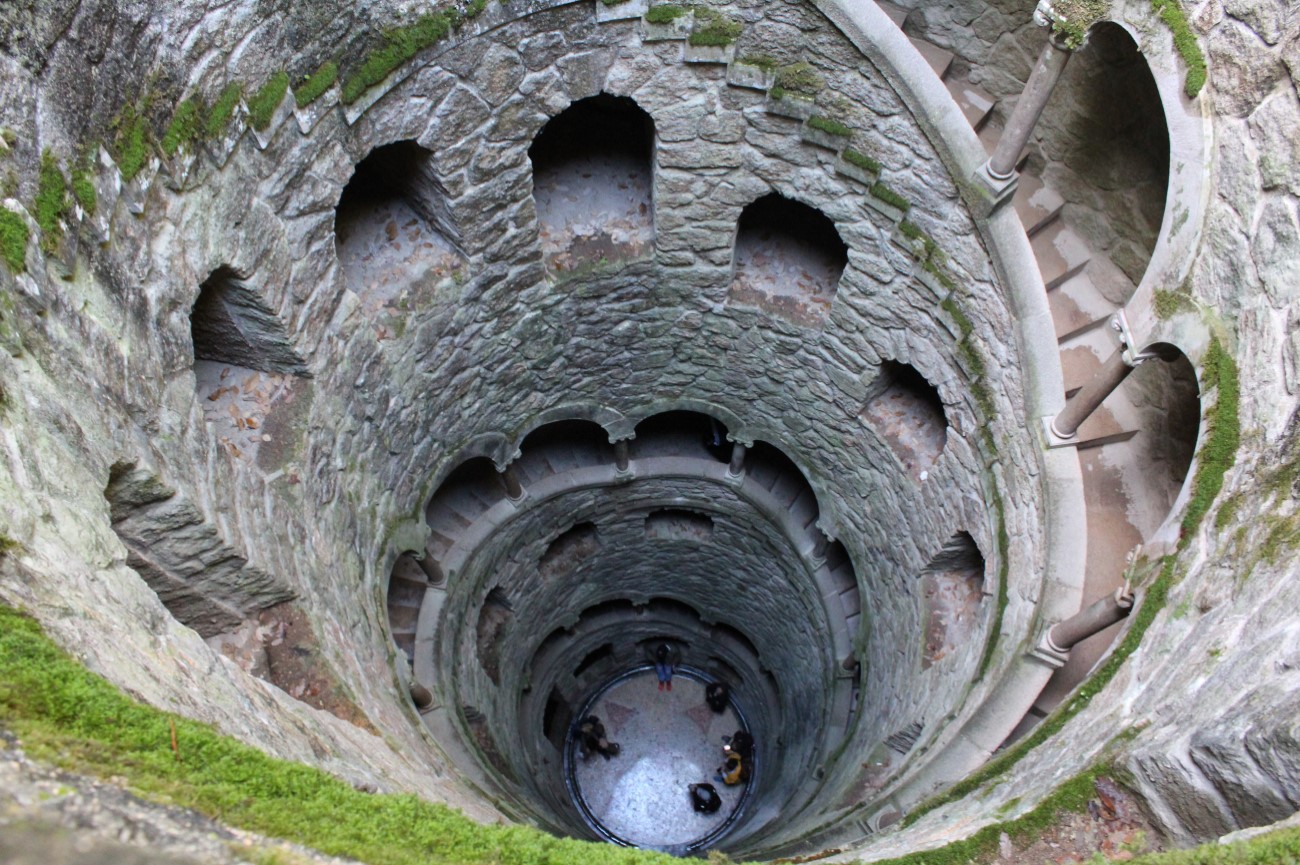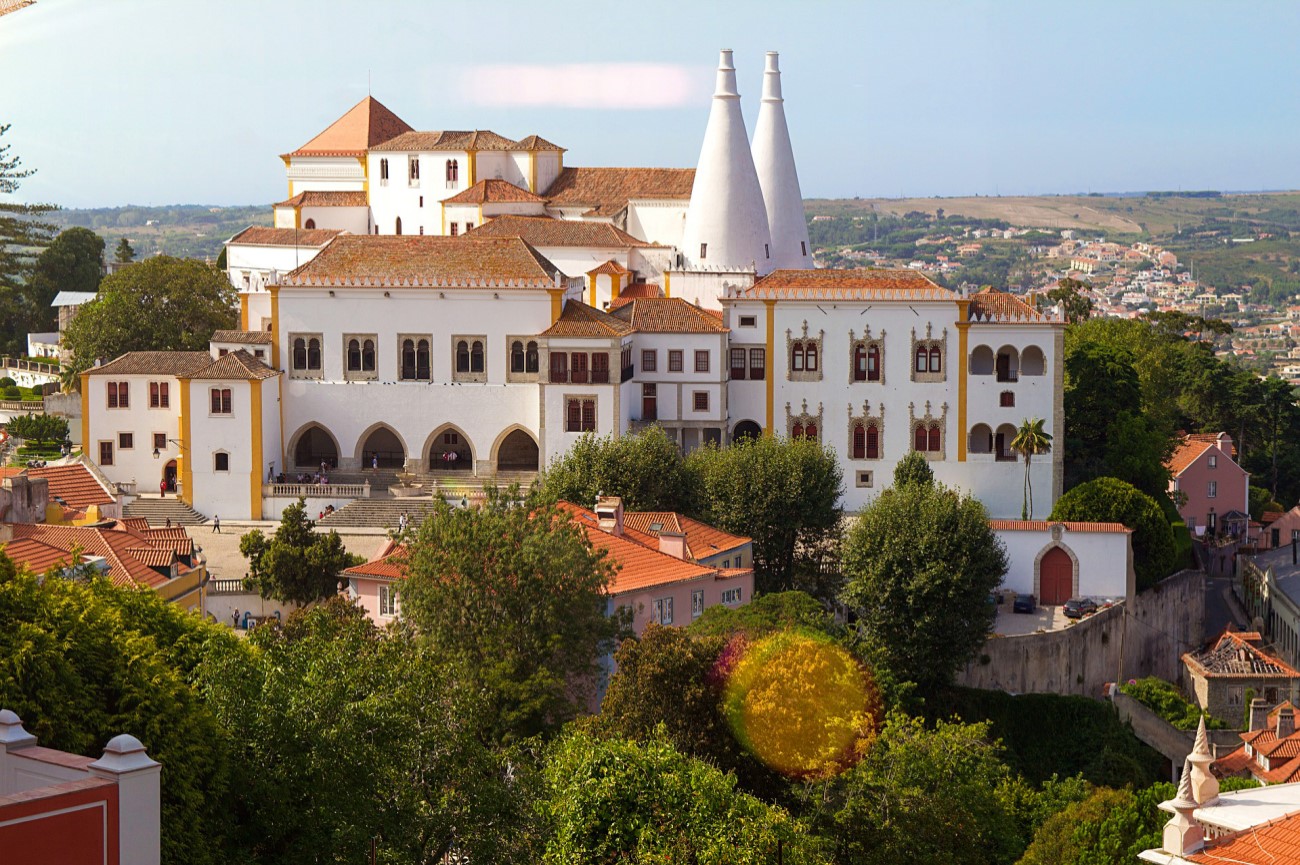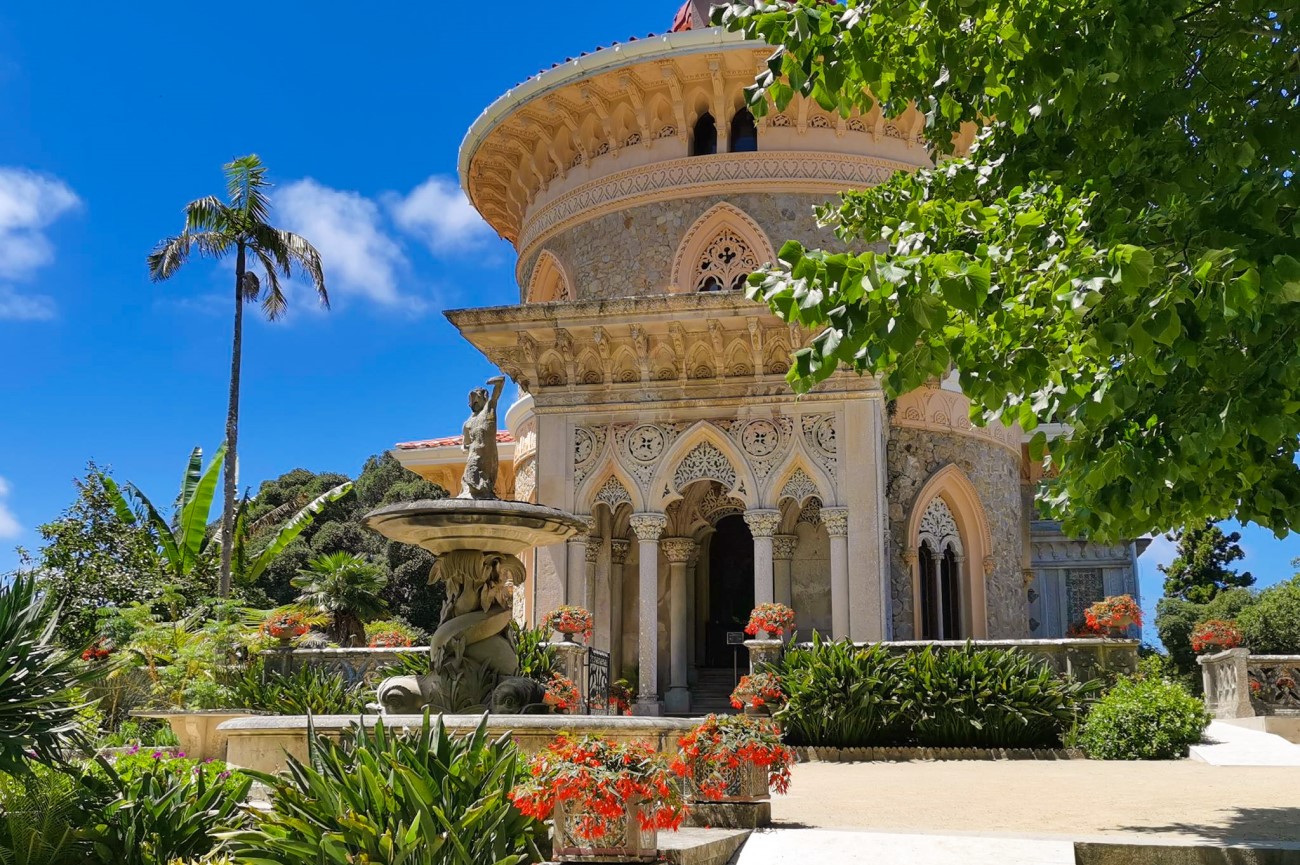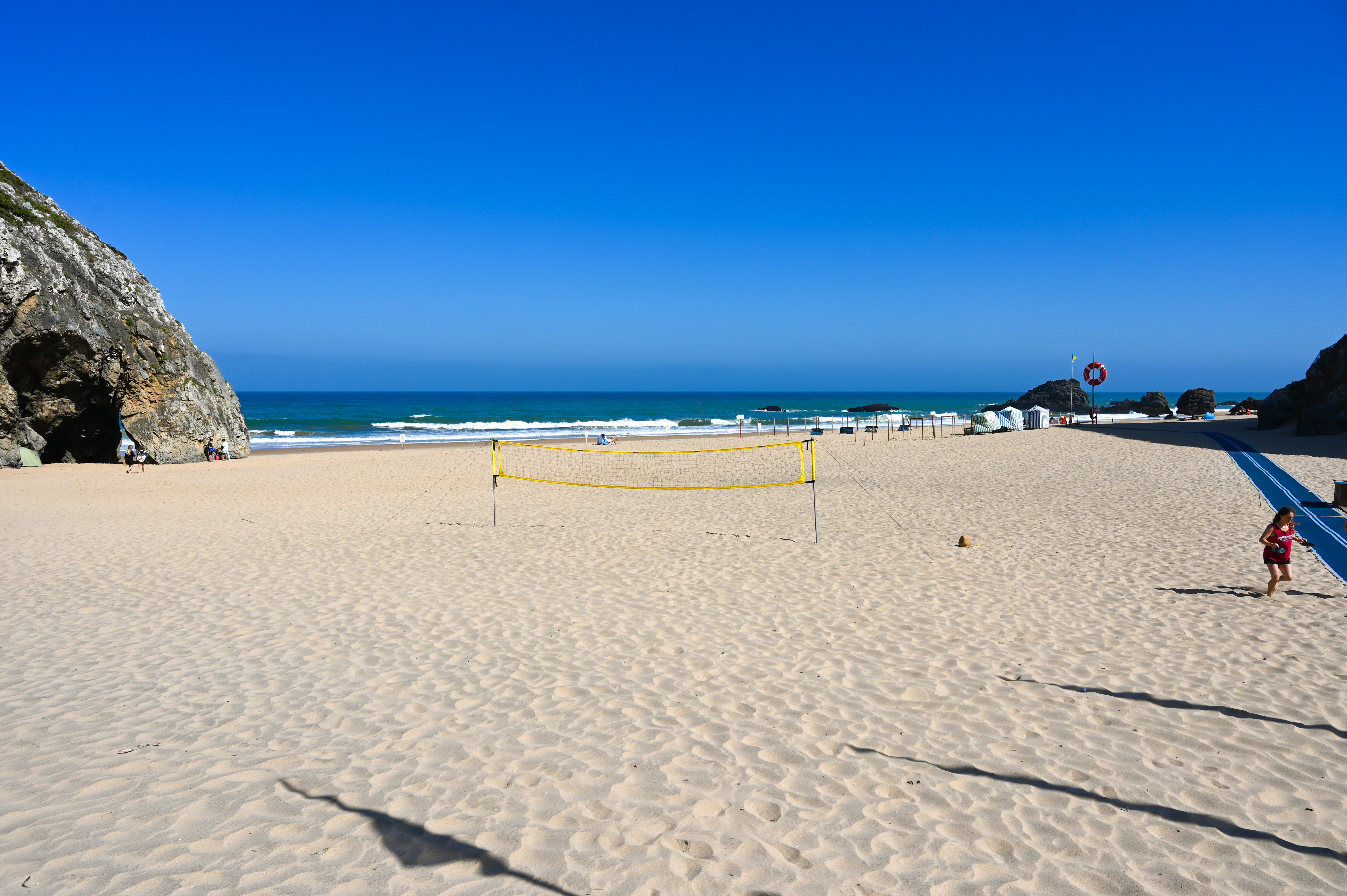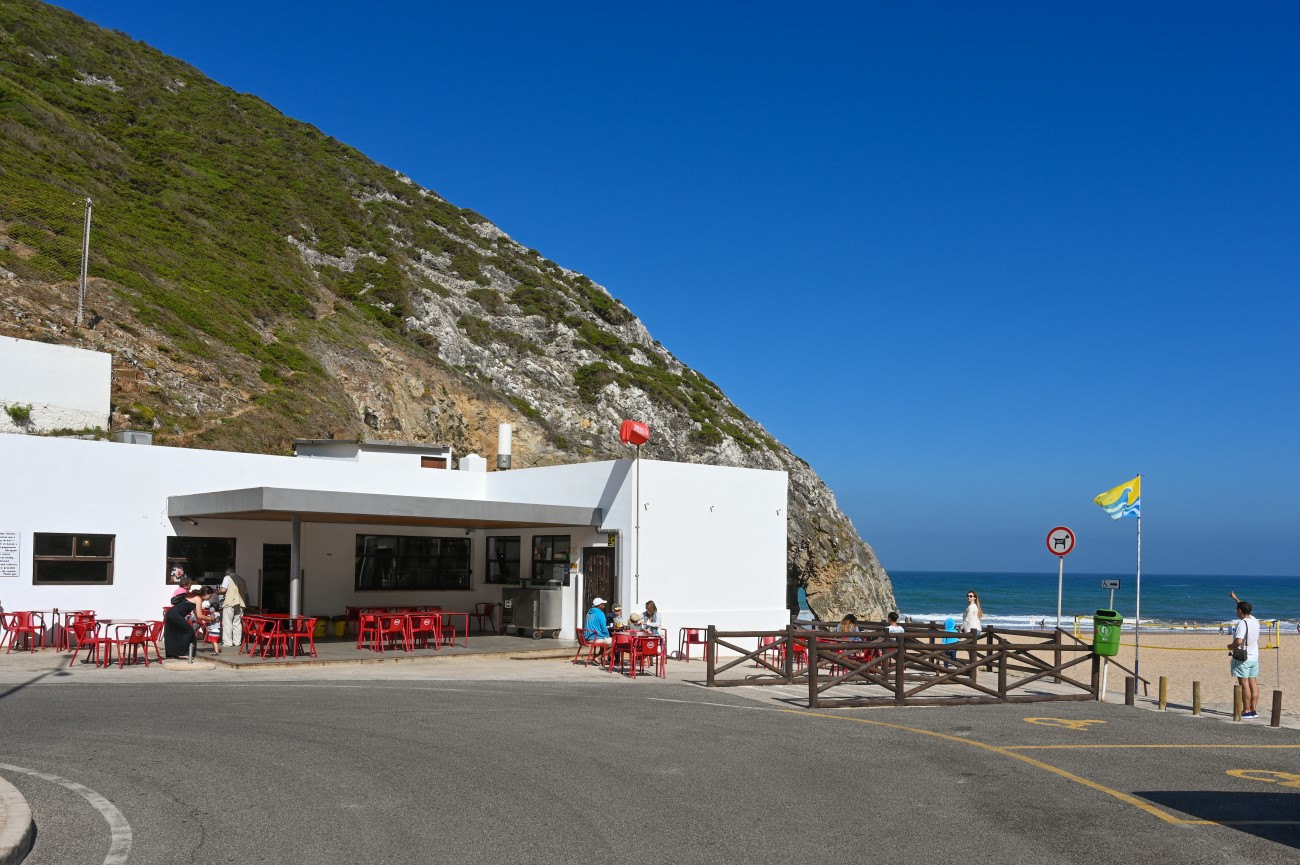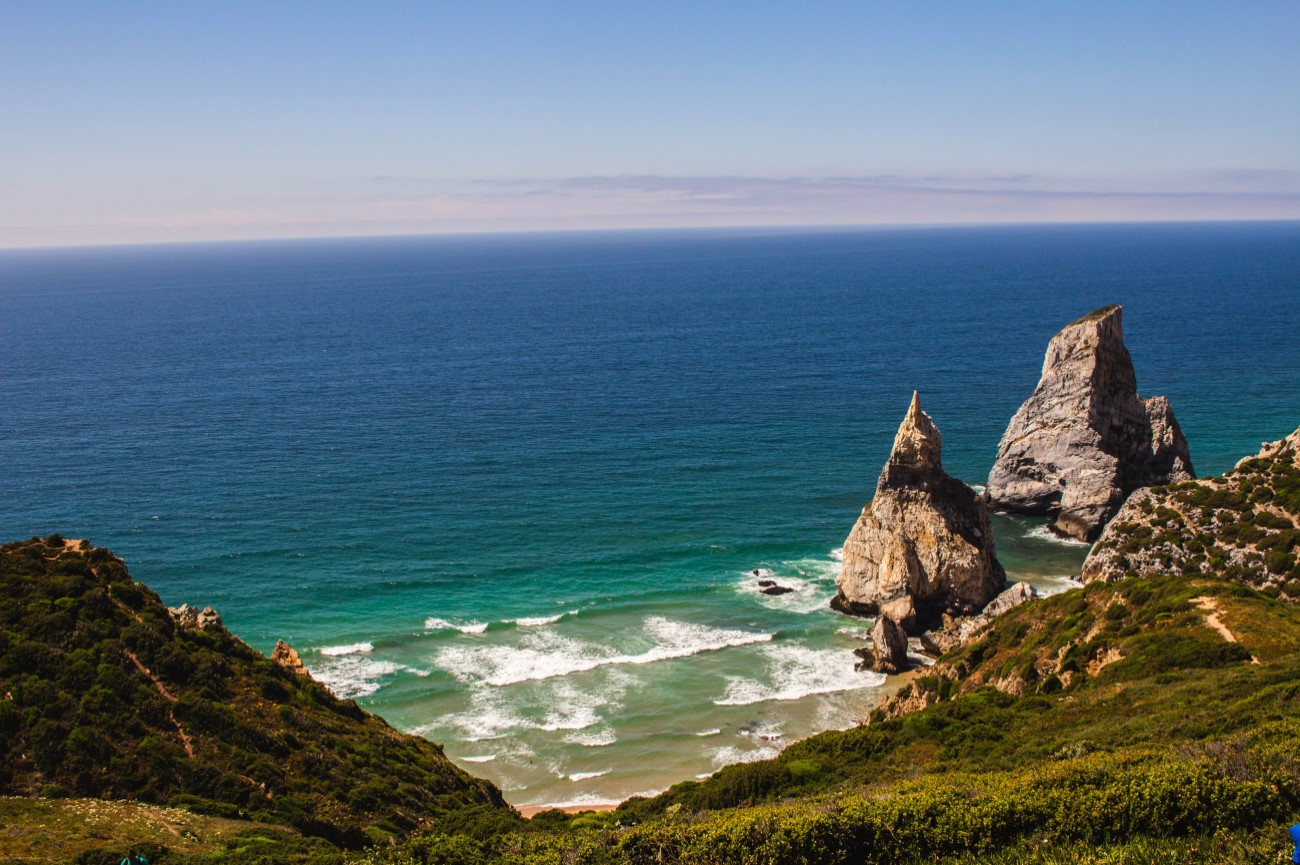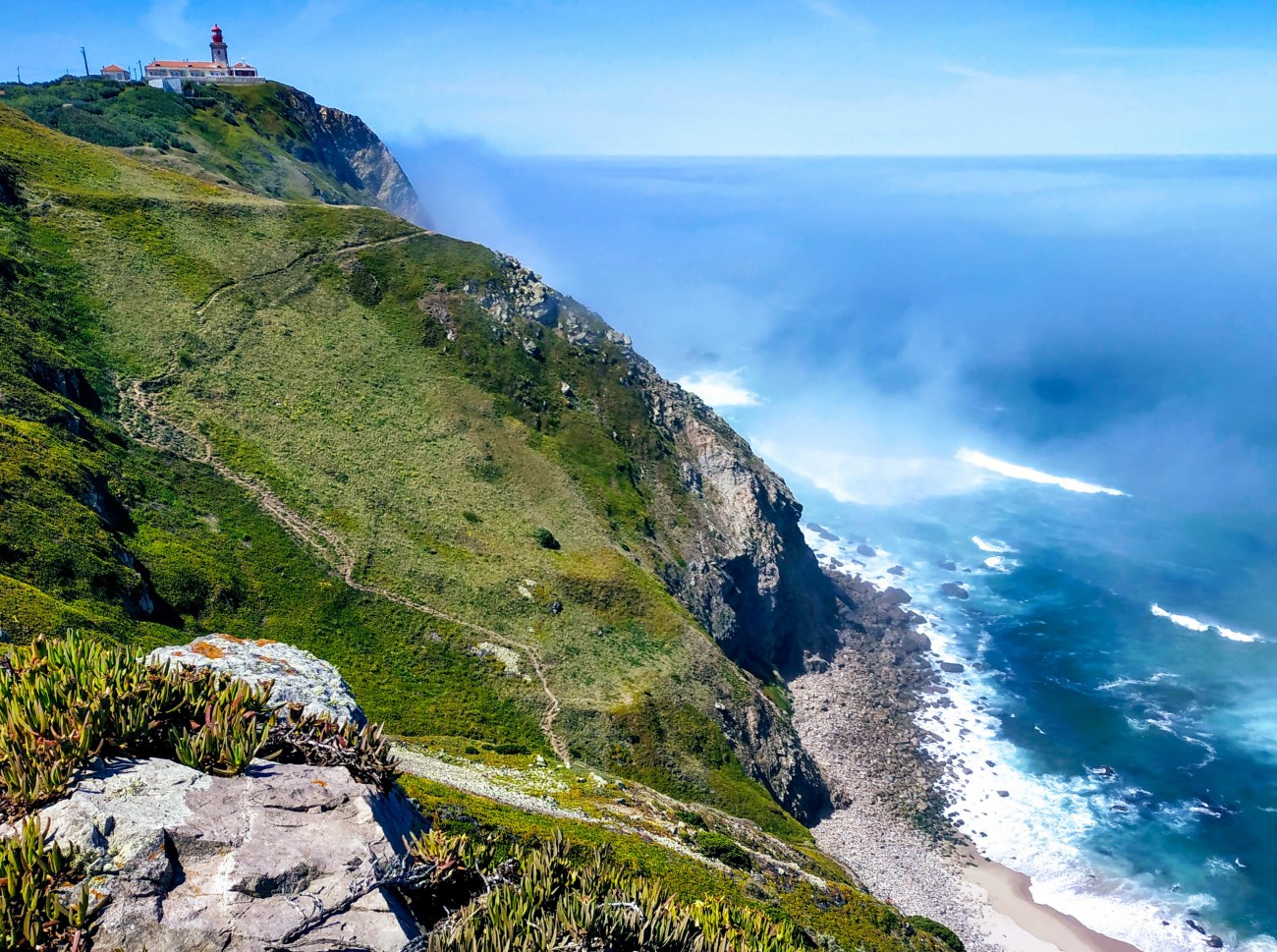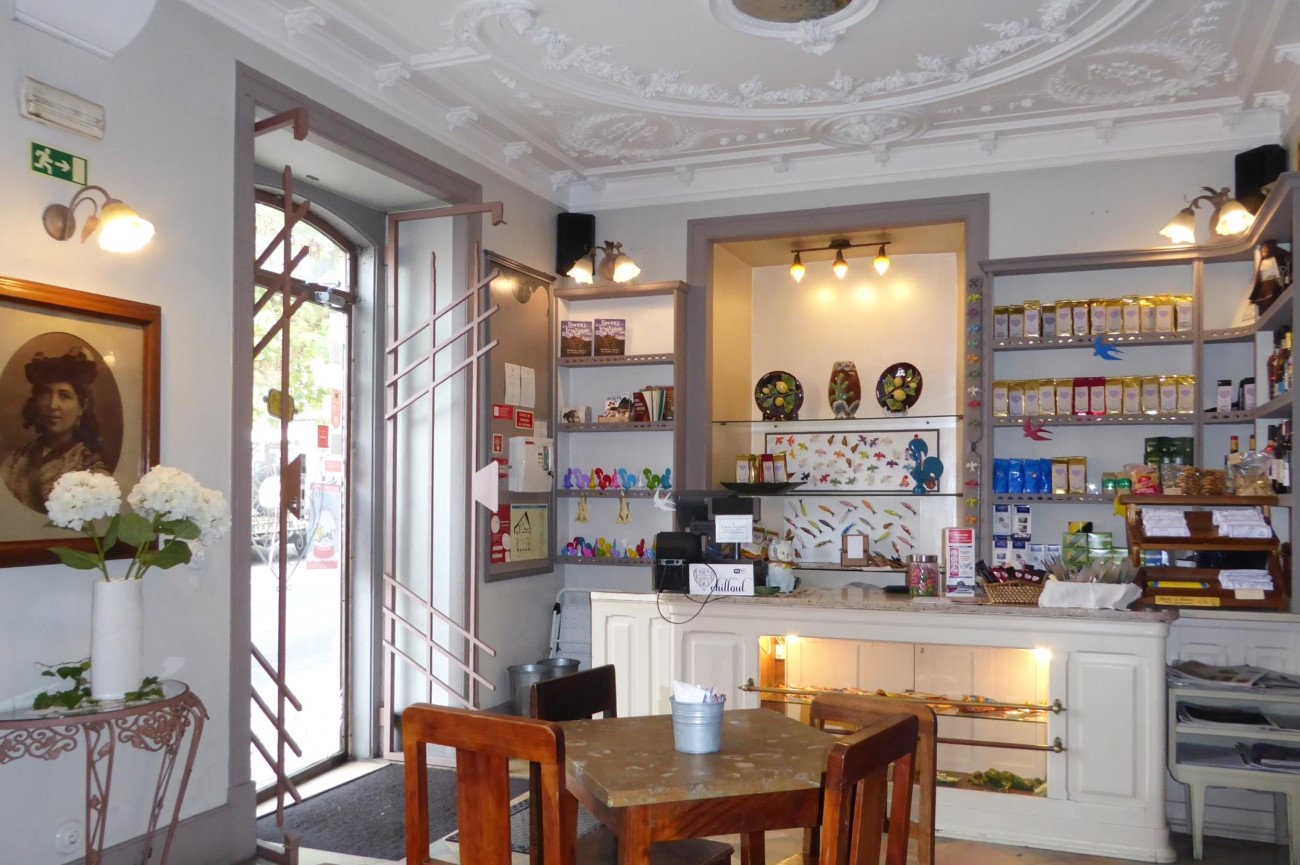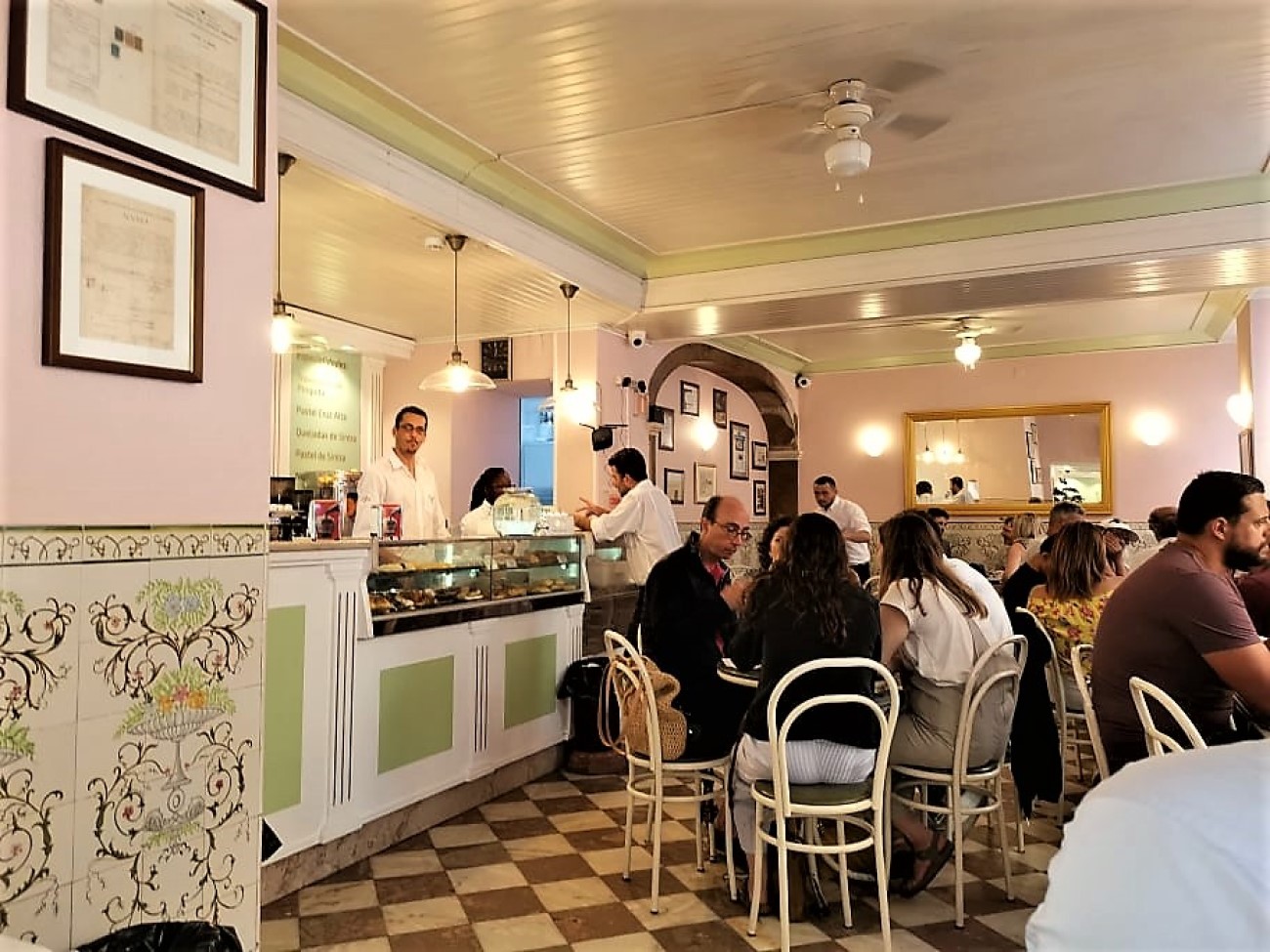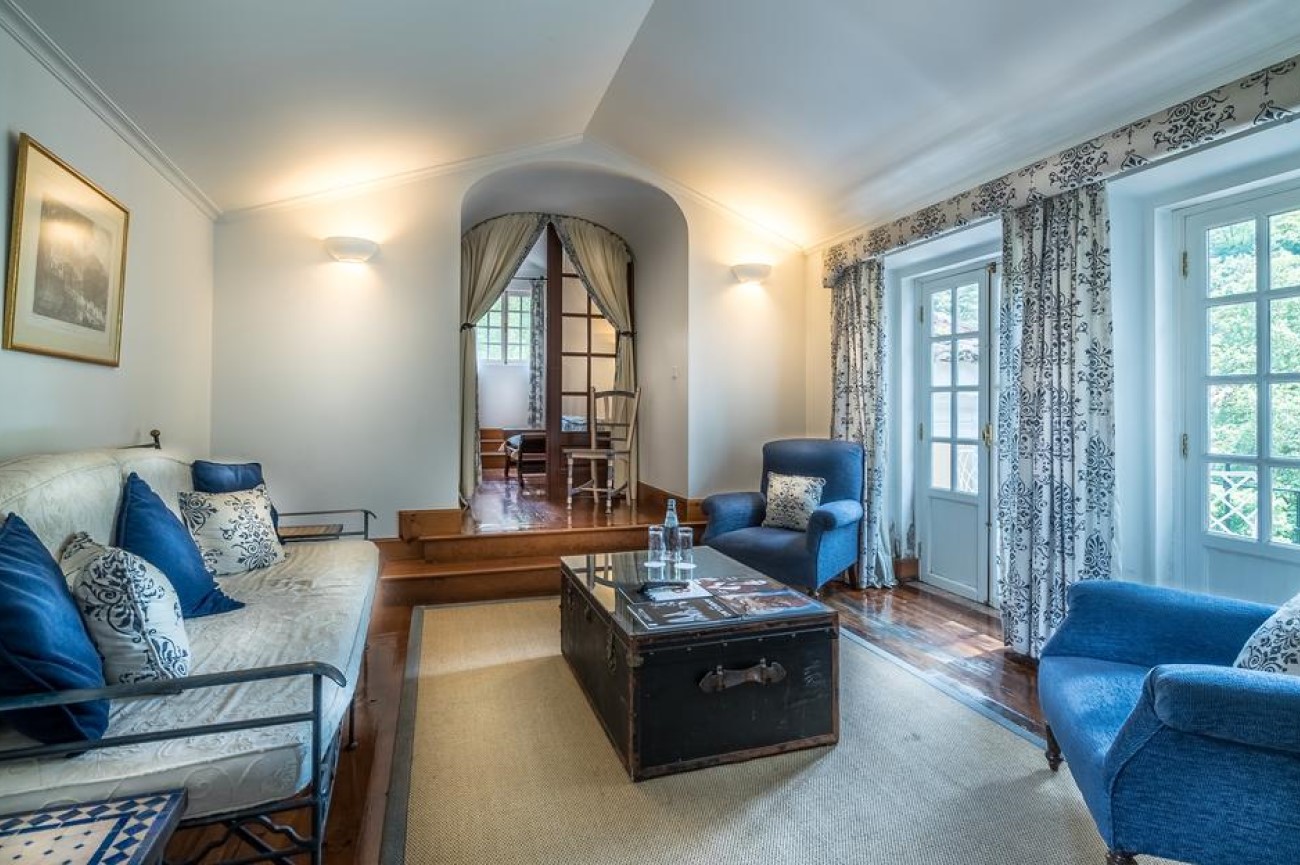A Complete Visitor's Guide to Sintra
Sintra is a must-see destination in the Serra de Sintra or Sintra mountains. Known for its stunning palaces, Sintra was once the chosen destination for Portuguese nobility and its ongoing charm has made it one of the most popular tourist destinations in Portugal.
In the early 1990s, UNESCO updated its designations to include “Cultural Landscape.” In 1995, Sintra was the first location in Europe to become a UNESCO World Heritage Site under these new criteria.
To discover more about Sintra, its cultural significance, and how you can make the most of your visit, here is what you need to know:
How to Get to Sintra
Fortunately for visitors to Portugal, Sintra is an easy destination to find.
Sintra is only 30 minutes away by road from Lisbon. So it is easy to hop in a car for a quick getaway.
Another option is to take the train. Trains leave for Sintra from both the Rossio train station and the Oriente train station. The trip takes 40 minutes from Rossio and 45 from Oriente. Trains run from 6 am to 1 am, with 3 or 4 leaving every hour.
The Sintra station is in the city center so you’ll be within walking distance of just about everything when you arrive! If you need a taxi or a tuk tuk, you can easily find out outside the station.
Pro tip: Taxis are cheaper the farther away you get from the station so if you want a good price, walk into town a little bit first.
Things to Do in Sintra
From fairytale castles to exotic gardens, beautiful beaches, and historic sites, the old town of Sintra has no shortage of things to do and see.
Visit Pena Palace and Gardens
As a tourist attraction, The Palacio Nacional da Pena, or Pena Palace, is one of the most popular sites in all of Portugal—with brightly colored terraces, decorative battlements, and the impossibly green Parque de Pena forest and gardens.
Located atop a 480-meter hill, getting to the palace can be a bit of a hike. Certainly walking is possible but it is advisable to catch the 434-tourist bus instead.
Exemplifying the romanticism of the 19th century, it is easy to spend hours exploring the palace and surrounding Parque da Pena. The red and yellow Palacio da Pena is full of stunning, ornate rooms like the King’s chambers and the banquet hall known as the “Stag Room.”
The terraces have remarkable views that provide an amazing vantage point for taking pictures. The gardens are also full of hidden pathways and unexpected decorations and ornaments. It is a mysterious and fun place to explore!
Be aware that as an iconic location, Pena Palace can be quite busy, especially during the high season, so plan for a crowd.
There are two different types of admission tickets. The “Palace and Park” entrance ticket will allow you entry to the grounds, the battlements, terraces, and palace staterooms. The “Park” ticket will allow you to enter the grounds, terraces, and battlements. For most people, the park ticket will be enough.
Castelo dos Mouros
Castelo dos Mouros or Moors Castle is the ruins of a 9th-century castle built by the North African Moors to protect the city of Sintra. After the Christian conquest of the area, the site fell into disrepair. In the 19th century, the ruins were restored by King Ferdinand II who had deeply held romantic notions about the middle ages. The restoration made the castle an interesting addition to the Pena Palace gardens.
The Moors Castle has high, fortified stone walls, ramparts, and battlements for you to walk through and explore. But, despite its incredible history, the castle’s biggest draw is the panoramic views of the Serra De Sintra hills and the plains that stretch to the Atlantic ocean.
You won’t want to spend your whole day here but stopping in while you pay a visit to Pena Palace is worth the time and effort.
Visit Quinta da Regaleira
The Quinta da Regaleira is a 20th-century home located in the town center. The house was built in 1904 by a wealthy businessman named Carvalho Monteiro. After his death, it was purchased by Waldemar d’Orey and stayed within his family until 1987. The Portuguese government reclaimed the property in 1997 and opened it to the public in 1998.
While the gothic mansion is lovely, the real treasures lie in the gardens that surround it. The 4-hectare gardens were modeled to reflect ancient secret societies and as such, contain much symbolism and mystery.
With references to the Masons, Knights Templar, and alchemy, keep your eyes peeled for clues and hidden passages. The Initiation Well is one of the most notable features of the Quinta da Regaleira. The well’s spiral staircase leads 27 meters into the ground and connects to a series of tunnels.
It is easy to lose track of time here so plan your visit for a day when you don’t have much else going on. You’ll be grateful that you gave yourself the time to really explore!
Sintra National Palace
The National Palace may look like a modern attraction but its origins date back to the 9th-century. It is the most lived-in palace in the country, seeing royal occupants from the 15th-century right up to the 19th-century. The Palacio Nacional de Sintra was built on top of a Moorish castle and is commonly known as Palacio da Vila or the Town Palace.
The two cone-shaped chimneys are iconic features of the town skyline.
In the 15th and 16th Centuries, the palace (and the region in general) saw a major building boom which included redecorating the interior to appear as it does today.
Inside are some of the most magnificently decorated rooms imaginable. The chapel, which is probably the oldest part of the building, has intricate tile floors laid to look like carpet, the walls have delicately painted squares and the ceiling is decorated in latticework resembling a Moorish pattern.
But perhaps the best sites in the National Palace are:
- The Sala dos Brasoes (coat of arms room) features the coat of arms of Portuguese nobility on the ceiling and walls decorated in azulejo tiles.
- The Magpie Room which has a ceiling decorated with images of magpies. The story goes that King John I was caught by the queen kissing one of her ladies in waiting. To stop the gossip, King John I had the room painted with 136 magpies, one for each woman in the court.
- The Swan Room, decorated in the traditional Manueline style, is named for the swans painted on the ceiling. The swans symbolize the house of Philip the Good of Burgundy and are 30 in number, matching the age of his bride, the Portuguese Infanta Isabel, daughter of King John I.
Take your time exploring this site as you will want to take in every detail.
Palace of Monserrate
Located 3.5km from Sintra’s historic center, the Monserrate Palace is a stunning blend of Indian, gothic, and Arabic architecture.
This stunning summer home and estate can is a hidden gem, often missed, or ignored, by most tourists.
The palace has plenty of rooms to explore but we recommend starting your tour with the gardens. It is full of unique and interesting plant life with something in bloom all year round. The grounds also house a waterfall, a Mexican garden, and the ruins of a chapel.
At the admissions gate, you will be given a map allowing you to fully explore the area on your own. Again, take your time. This villa is something of an exotic curiosity. While not as old as many of the sites on the list, Monserrate Palace has an interesting history and some fascinating things to see.
Hit the Beaches
Take a little break from exploring the history of Portugal and relax at one of the nearby beaches.
Praia da Adraga
Characterized by large cliffs and massive rocks protruding from the water, Praia da Adraga is visually quite stunning. At low tide, you can explore the caves and grottos that are revealed.
If you don’t want to spend too much time soaking up the sun, the cliffs provide some incredible hiking opportunities as the range runs to Praia das Maçãs to the north and Cabo da Roca to the south.
To catch the local fishing club bringing in their haul, arrive early in the morning and enjoy the calm. As the day goes on, more and more people begin to arrive. Unfortunately, the rough waters here make this a difficult beach for swimming, especially if you are traveling with small children.
If you are hungry, you can dine at Restaurante D’Adraga right on the beach. The restaurant is not cheap but the location, atmosphere, and perfectly fresh menu selections are more than worth the trip. Plan ahead if possible and make a reservation as the lines can get rather long during the lunch and dinner hours.
Praia da Ursa
This beach, Praia da Ursa, is named for the large rock formation that is said to resemble a mother bear with her cub and is widely believed to be one of the most beautiful beaches in the region.
Accessing the beach means descending a steep and winding dirt path but the quiet, wild, pristine beach that greets you is worth it.
This is not necessarily a beach for swimming but it will put you in complete awe of the raw beauty and power of nature. The turquoise water breaking on the massive sea stacks has been known to bring people to tears.
Cabo da Roca
Cabo da Roca is a place of geographical significance. It is the westernmost point in the Sintra Mountain Range, mainland Portugal, continental Europe, AND the Eurasian continent. In fact, up until the 14th century, Cabo da Roca was believed to be the edge of the world. With a wild, windy, and barren landscape it isn’t hard to see why.
This headland is not a place to go if you are looking for lots of amenities or tourist attractions. It has little more than a lighthouse, coffee shop, and gift shop. But, for most people, this lack of development is part of its charm.
Cabo da Roca is a popular destination for people exploring the Sintra-Cascais National Park as it is conveniently located between Sintra and Cascais. A guided tour is likely to stop here as well. This means it can get crowded, but most folks only spend about 30 minutes here so crowds aren’t too much of a bother.
The winds make this area feel cooler so be sure to bring an extra layer with you. And remember, the cliffs can be unstable. Falling rocks combined with strong winds mean that it is important to respect safety protocols. Be sure to stay safely behind the fencing that has been set up!
If you can swing it, visit Cabo da Roca at sunset. Watching the sun disappear into the ocean in an array of colors is truly something to behold.
Where to Eat in Sintra
While it may be known for its beautiful palace and surrounding beaches, there are lots of good food and wineries in the Sintra area. Here are some of our top picks:
Saudade
This cafe is the perfect place to start your day. If you are looking to try the Portuguese favorite pastel de nata stop in here. Try the Portuguese style Galão coffee which is similar to a cappuccino to fuel your day’s exploration.
Conveniently located near the Sintra train station, this cafe is the perfect go-to for good food in a friendly atmosphere. Offering everything from pastries to paninis, you’ll love it.
Incomum
This restaurant run by Portuguese chef Luís Santos is a fusion of traditional and modern Portuguese and Mediterranean cuisine. Fresh ingredients and a relaxed friendly atmosphere make Incomum a great place to dine.
You can’t go wrong with the tasting menu and the staff is able to expertly pair any dish with their incredible wine selections.
Casa Piriquita
You cannot visit Sintra without sampling some of the town’s most famous desserts.
Casa Piriquita has been in operation since 1862 and was a favorite of King Carlos I. Be sure to save some room because you will want to try two treats in particular: the Queijada de Sintra and Sintra’s signature travesseiro.
The Queijada de Sintra has a crusty pie exterior and a middle made from cheese, sugar, eggs, flour, and a bit of cinnamon. Rich and not too sweet, this is a dessert to savor.
The second dish you will want to try is a Sintra signature, the travesseiro. Travesseiro is a long, pillow-like pastry filled with almond cream (and a few secret ingredients!). It is truly a divine experience.
Where to Stay in Sintra
Many people will plan for a Sintra day trip from Lisbon but to truly see everything this town has to offer, you will need to stay overnight. Here are some options:
Tivoli Palácio de Seteais
Tivoli Palácio De Seteais. If you have ever dreamed of sleeping in a palace, this is the hotel for you. Located inside the 18th-century Seteais palace, this is true luxury accommodation. With an onsite spa, swimming pool, 2 restaurants, a bar, and some of the region’s greatest views of Pena Palace, this hotel is a truly romantic escape.
Lawrence’s Hotel
If you’d like to stay near the center of Sintra, this historic hotel is ideal. In fact, this is the oldest hotel in the Iberian peninsula and previous guests include Lord Byron and the Portuguese writer, Eça de Queirós.
A small hotel with only 16 rooms, it is full of old-world charms that will transport any visitor to a completely different era. With beautiful ornate rooms, a restaurant, bar and convenient location, Lawrence’s Hotel is the perfect home base for your vacation.
Sintra and the Sintra mountains are full of interesting and unique tourist attractions. For more ideas on what to do in the region, you can create a perfect holiday by following our 3-day Sintra Itinerary. Reach out to us today, we’d love to help you plan your getaway!



